T4K3.news
Legionella outbreak expands beyond New York City
Legionella cases rise in new cities as climate change affects water systems; monitor local public health alerts.

Legionella bacteria pose a growing threat as warming temperatures and aging water systems push the disease into more cities, with guidance on protection and policy fixes.
Legionella spreads beyond New York as climate change raises risk
New York City faces a Legionella outbreak that has sickened more than 100 people and claimed five lives. The bacteria spread through aerosols from large cooling towers that serve apartment buildings, especially in dense neighborhoods. Health officials point to aging water systems and gaps in inspections as drivers of the outbreak.
Experts warn that rising temperatures and more frequent rain, linked to climate change, could push Legionella into new cities. Outbreaks have appeared in Michigan nursing homes and other Midwest locations, underscoring how infrastructure and climate shocks intersect with public health. While individuals can take steps to limit risk, the main fixes require stronger maintenance, better monitoring of community water systems, and more consistent inspections of cooling towers.
Key Takeaways
"climate change might increase the incidence of legionellosis through increased reliance on air conditioning systems"
Quoted as a historical warning from researchers about how climate factors can boost Legionella spread
"80 percent of Legionnaire’s cases are linked to potable water systems"
EPA data cited in the article linking cases to water supply systems
"point-of-use water filters only provide limited protection"
CDC note on the limits of personal protection measures during outbreaks
"There is only so much that any one person’s own, individual effort can do to stop infections"
Janet Stout emphasizes the limits of individual actions in the face of upstream risk
The outbreak tests how cities pay for aging infrastructure in a changing climate. It also highlights environmental justice: lower-income neighborhoods often shoulder more risk because they have older equipment and weaker oversight. When inspections fall off, people pay the price in illness and in some cases death. The story links health to housing quality and municipal budgets in a single thread.
Policy responses must move beyond short-term warnings to sustained funding and clear standards. Officials should ramp up inspections, improve water treatment, and demand accountability from owners of cooling towers. Health security requires durable systems, not just reactive fixes or slogans.
Highlights
- Public health lives in the pipes and towers we fail to upgrade
- Climate change makes old water systems a growing threat
- Maintenance is not a luxury it is a health shield
- In the fight against bacteria politics and pipes matter
Public health risk from aging water systems linked to climate change
The article ties Legionella spread to aging infrastructure and climate-driven conditions, with uneven inspection enforcement and housing disparities. It calls for policy action and sustained funding, highlighting potential budgetary and political challenges.
The health of cities rests on the upkeep of invisible systems and the will to fund them.
Enjoyed this? Let your friends know!
Related News

Harlem Legionnaires outbreak alert
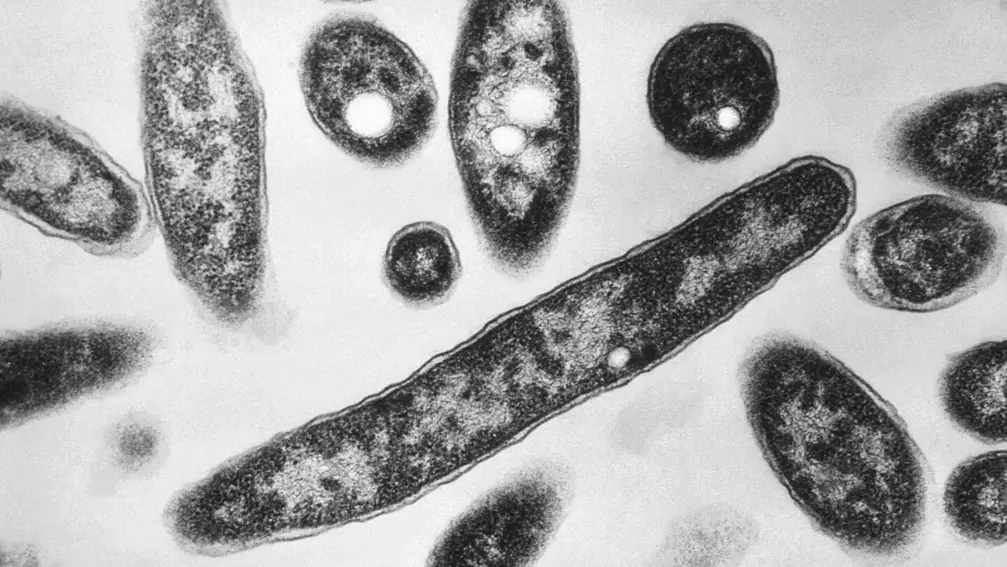
Fourth death linked to Legionnaires outbreak in NYC
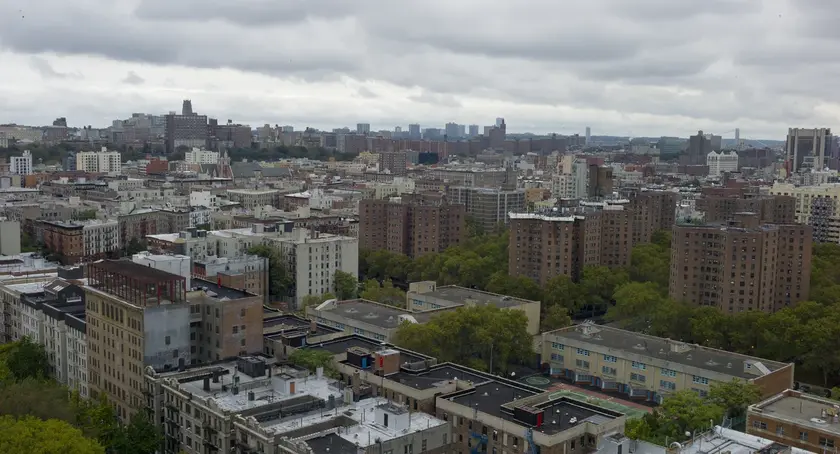
NYC Legionnaires outbreak prompts inspection review

Legionnaires disease cases rise in New York
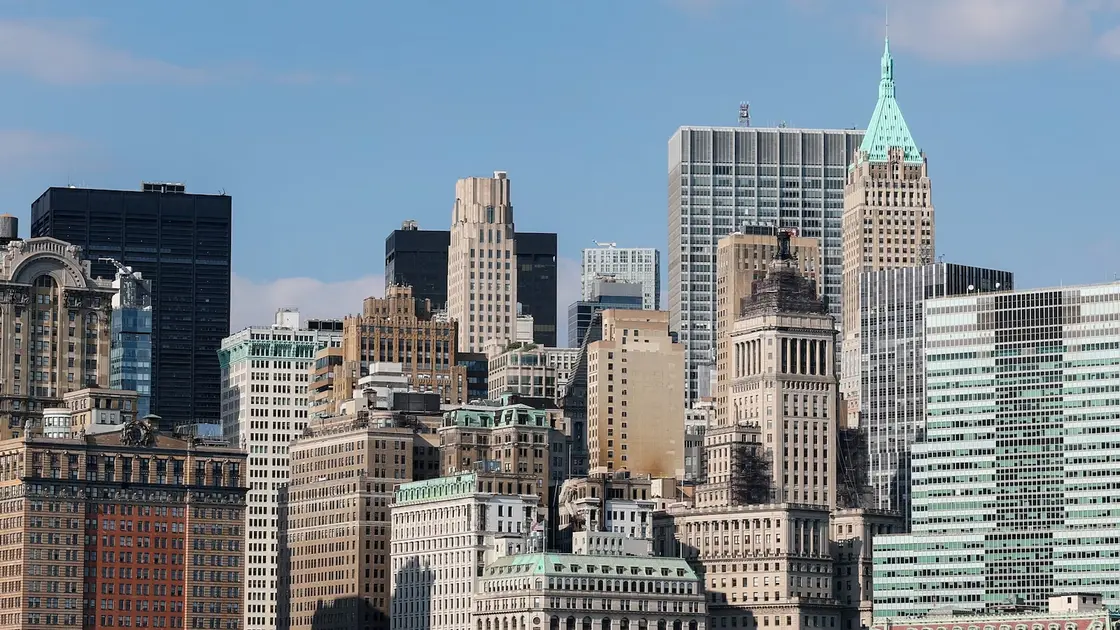
Three fatalities confirmed in Harlem Legionnaires' disease outbreak
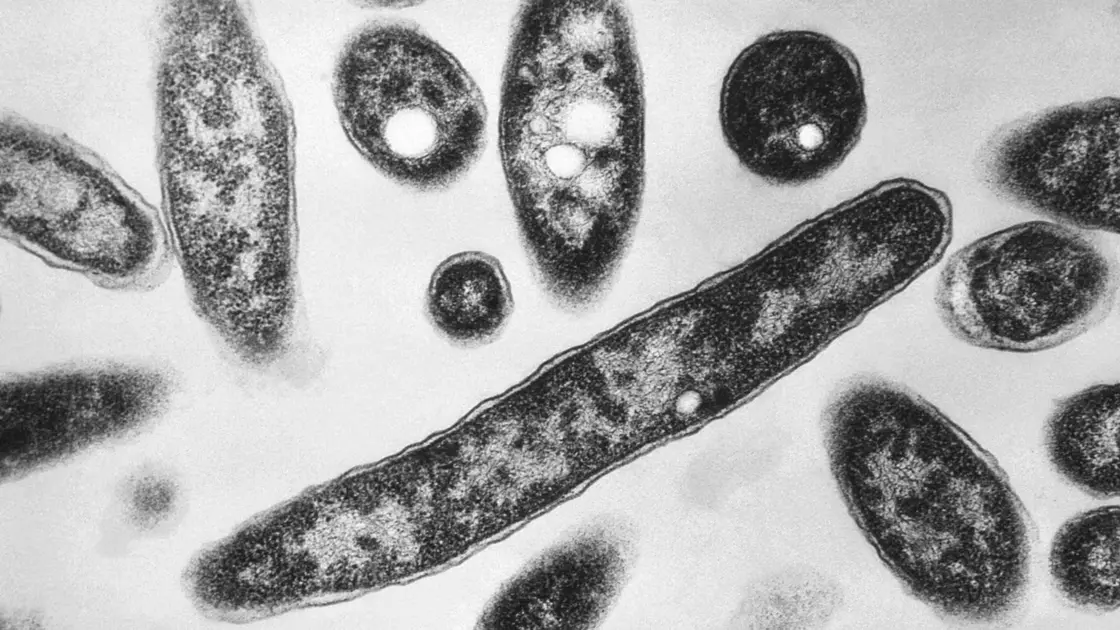
Fourth death tied to Legionnaires outbreak in NYC
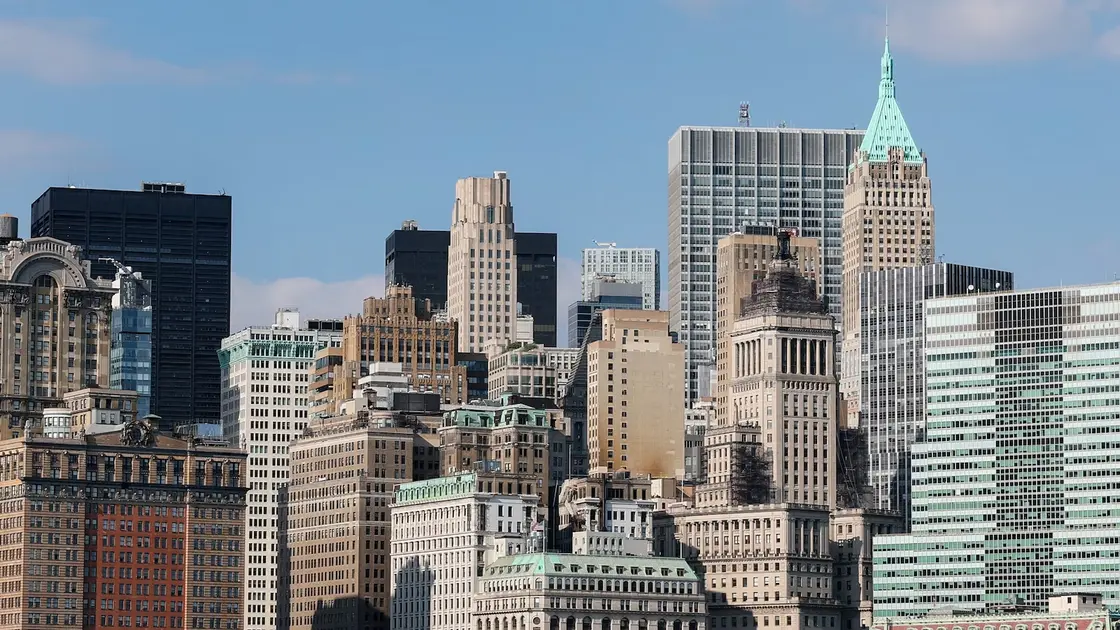
Legionnaires' disease outbreak leads to two deaths in NYC

Legionnaires’ disease outbreak in Harlem causes fatalities
